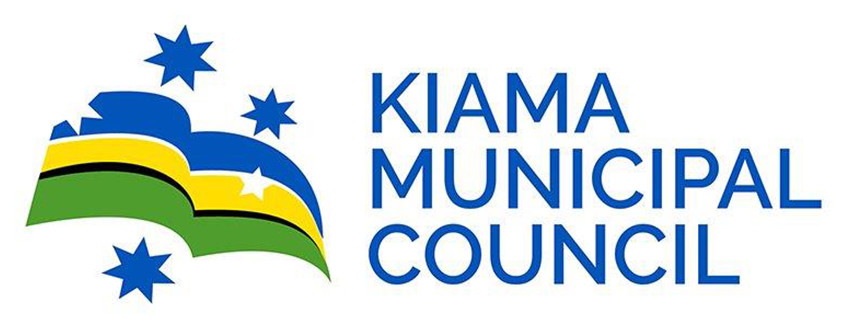In the past three years, there have been several books written about the history of the A-League, a book about the 2006 World Cup qualification, a history of Australian football and Ange Postecoglou’s account of his life in football dating back to the early 1970’s.
The latest contribution to football literature, written by Joe Gorman, is an attempt to crystallise the history of the game from the post war immigration boom to the present.
Joe Gorman’s personal story is interesting because he represents the new wave of young supporters who started following football when the A- League commenced in August, 2005.
He recalls in the first chapter, he’d only attended one NSL match in 1998 and in recent years expressed a great regret in not following it more closely.
The book could be considered a voyage of discovery for Gorman which is always a difficult task for a writer attempting to reassemble history and cast opinions when they weren’t present to witness it.
Gorman relies heavily on the resources of Andrew Dettre, the renowned football journalist, as well as the testimonies and opinions of a relatively small number of players, coaches and fans.
Significantly, there is a constant message in the book that the ethnicity which dominated the game for so many years was always an obstacle to its acceptance by the wider Australian sporting public.
However, as one supporter who will celebrate sixty years in the game next year, I can state without any reservation that without the ethnic communities backing football, there would be no game as we know it today and most importantly from 1958, I wouldn’t have had a game to follow.
Ironically, there is still a large ethnic support for the game, even though with the demise of the NSL, the ethnic clubs were forced to retreat to State League competition.
Yes, there were a lot of politics in the days of old soccer but the standard of football, the atmosphere at matches and the fans’ hunger for the game were all of the highest order.
To reiterate,where Gorman is clearly vulnerable in his interpretation is that he wasn’t present to witness the glory days but suffice to say, I would like to mention a few.
He does praise the mercurial Leo Baumgartner but what about Baumgartner’s famous Sydney Prague team-mates , Karl Jaros, Walter Tamandl, Herbert and Erwin Ninaus, Les Scheinflug and Andy Saghi who drew huge crowds to the ES Marks Field in the late 1950’s and into the 1960’s?
There was the record Australian club crowd of 30,500 which attended the 1963 NSW State League Grand final between Apia and South Coast United at the old Sydney Sports Ground, the highly successful tours of Australia by Everton in 1964 when the first match against NSW at the SCG drew 51,000, star studded touring squads from Chelsea and AS Roma in 1965 and the European champions Manchester United in 1968 who paraded the talents of arguably the most gifted player the world has ever seen in George Best.
Also, there is the memory of the globetrotting Socceroo team which lost to Israel in a second leg World Cup encounter at the Sydney Sports Ground in November, 1969, the historic 3-1 defeat of Greece in Athens during the 1970 world tour and the greatest moment of all when Jimmy Mackay scored with that piledriver in downtown Hong Kong on November 13th, 1973.
Mackay’s feat led to the blanket local media coverage in June 1974 during the World Cup Finals in Germany which was surely a sign the game had finally arrived.
Critically, you had to be part of these events to appreciate the influence on the development of the game.
The start of the NSL in 1977 was an exciting time and the fact the League survived till 2004 was indeed a credit to the people who devoted their life to football, despite Joe Gorman’s rather cynical and pessimistic view of this important era.
During this period, there was the emergence of the youth system production line initiated by Rudi Gutendorf and carried on so successfully by Les Scheinflug.
Who could forget the amazing 2-1 victory by the Young Socceroos when they beat the world champions Argentina in October, 1981, and the 1991 team which reached the semi finals of the Portugese tournament only to be eliminated by the eventual winners, Portugal, courtesy of a long range shot from Rui Costa?
Both these tournaments produced genuine stars in David Mitchell, Jim Patikas ,Oscar Crino, Grant Lee, Ian Hunter, Fabio Incantalupo and Mark Koussas from the 1981 squad and Paul Okon, Mark Bosnich, Zelko Kalac, Tony Popovic, David Seal, Steve Corica and Brad Maloney in 1993 .
There were also, Alan Davidson, Marshall Soper, Eddie Krncevic, Peter Katholos, Paul Trimboli, Micky Petersen, Frank Farina, David Lowe, Robbie Slater. Kimon Taliadoros and Rod Brown from the 1980’s and in the 1990’s Mark Viduka, Ned Zelic, Zlatko Arambasic, Chris Kalantzis, Stan Lazaridis and Scott Ollerenshaw.
These were the young Australian players in the NSL who excited the fans, and many carved successful careers overseas.
Where are the players of today who compare with this large talent pool?
In fact, if this was the” death of Australian soccer”, the fans must have been living in a cocoon and unaware that the game was dying while witnessing this array of talent.
Full marks to Joe Gorman for producing the book but in my opinion it lacks depth and the necessary detail to provide an objective commentary on the game.
Simply , in many instances he is unable to expand the detail of the resources he has drawn on.
Some of the anti-football commentators who Gorman publishes quotes from like Rebecca Wilson, Roy Masters and Andrew Bolt can hardly be taken seriously, only to say they did want the game to die.
Certainly there have been many positives since old soccer was replaced by new football e.g. mass media coverage, entry to Asia and strong financial backing from government and Foxtel.
However, when the A- League finishes in April until it resumes in early October, independent media coverage is virtually non- existent.
If this is the new life of Australian football, in reality our game is going backwards.



